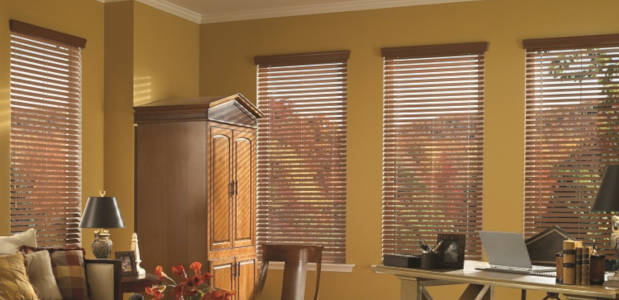
Projects such as installing new blinds or window shades are a major investment, especially when you consider the total number of windows in your house. Both for re-sale value and emotional satisfaction, you may want to make all your decisions yourself, however, working with a designer (or even a consultant from your local home improvement center) can help clarify your ideas and maybe keep them from mushrooming into an unnecessarily complicated or fussy project.
These specialists work with the products and understand their value and limitations. They can also add practical suggestions that will enhance your choices. If you want to pick out and install your window shades and blinds yourself, but still want that professionally designed look, here are some things to consider that are sure to put your project on the path to success.
Let Your Personality Shine Through
Different types of window coverings convey different personalities, so you might think about using old-fashioned and comfortable drapes in a bedroom; efficient mini-blinds in a kitchen; warm wood blinds in an office or study, and inviting vertical blinds over a sliding patio door. You can get ideas in any home magazine or consult a designer for help clarifying your needs for each room.
Mounts for Window Blinds and Shades
Blinds or shades can be mounted either inside or outside of your window frame. An inside frame makes for a cleaner look because the blinds will be flush against the wall and also seals the opening better for insulation. An outside mounted blind or shade sticks out from the wall. Some frames are too narrow to allow an inside mount, so make sure you have enough space for them.
Special Features
Shades and blinds come with a wide variety of special features. Window blinds are generally designed to open “bottom up”, meaning that the blinds open first at the bottom and gather at the top. “Top down” (where the opening begins at the top and the blinds gather at the bottom) window blinds are, however, also available and can make a unique impression.
Remote control window shades are a popular option. Most shades are opened by pulling on a string. Remote controls take all the manual work out of opening and closing windows by adding a motor to the shade, and add to convenience by letting you adjust light levels without leaving your seat or bed. Cord loops are another way of opening shades that are ideal for larger shades. The continuous loop eliminates the need to gather the cord when you open a shade. Cord loops tend to be more durable and stronger than a standard cord pull.
Ready to start your Window Treatments Project?
Find ProsAn extension bracket is a mounting that extends a blind past the frame of a window. You usually find this on outside mounts for vertical blinds. Hold-down clips are a nice little feature that are usually available on all window blinds to keep them from flying around and often used for doors.
Two blinds on one head rail are often used with multi-unit windows that have more than one window sitting side-by-side. Designers created this “two blind” feature so that the individual blinds that are covering each window have a common valance. This makes the window treatment look like a singular unit.
Removing Window Shades or Blinds
When you decide to install new window treatments, there’s always the task of getting rid of your old ones. Generally, existing blinds and window shades are fairly easy to remove, making this an excellent “do-it-yourself” job. However, many service professionals will provide this service and disposal for a small extra charge.
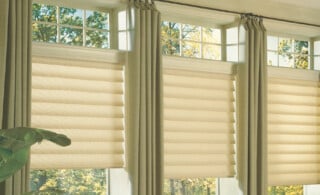 Curtain Tracks
Curtain Tracks 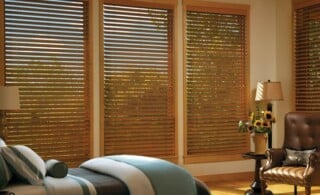 Bamboo Blinds Are Beautiful, Earth Friendly Window Treatments
Bamboo Blinds Are Beautiful, Earth Friendly Window Treatments 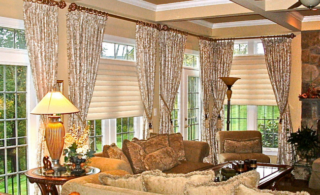 Choosing the Right Window Treatment
Choosing the Right Window Treatment  Best Types of Blinds for Every Room in Your House
Best Types of Blinds for Every Room in Your House 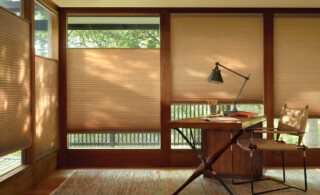 Electronic Blinds Open and Close on Command
Electronic Blinds Open and Close on Command 

Are You Familiar With This Topic? Share Your Experience.